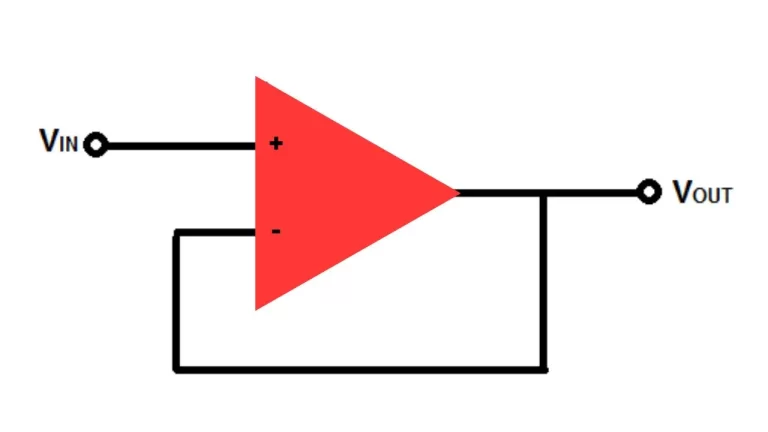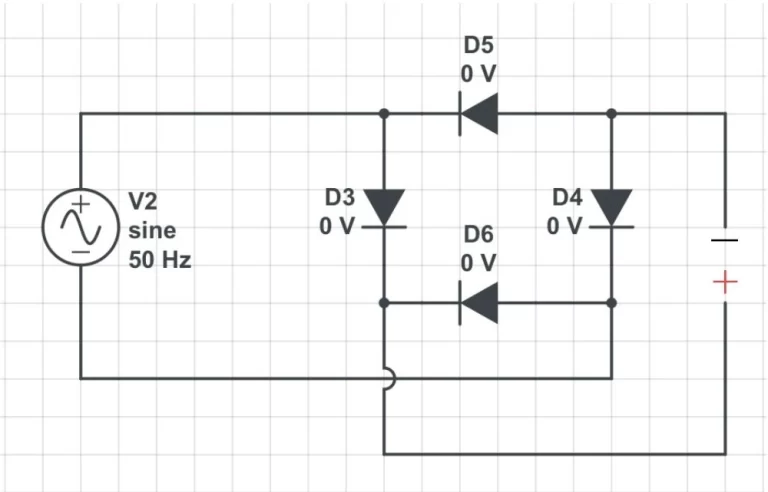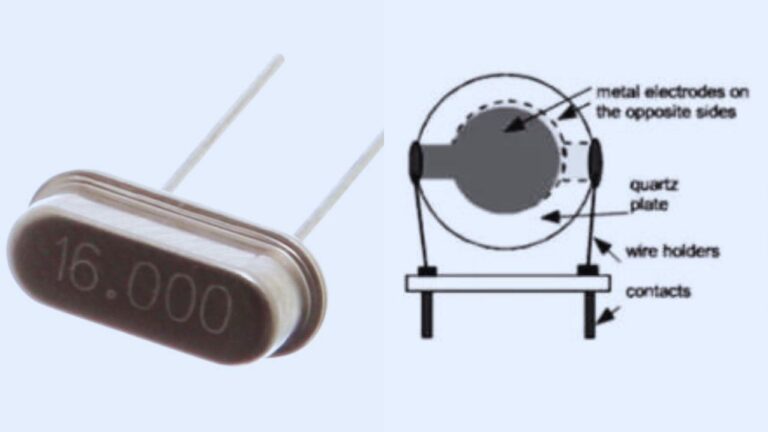An FM transmitter is a device that can be used to broadcast an audio signal over a short distance. It works by modulating a carrier frequency with the audio signal, which can then be picked up by a receiver tuned to the same frequency.
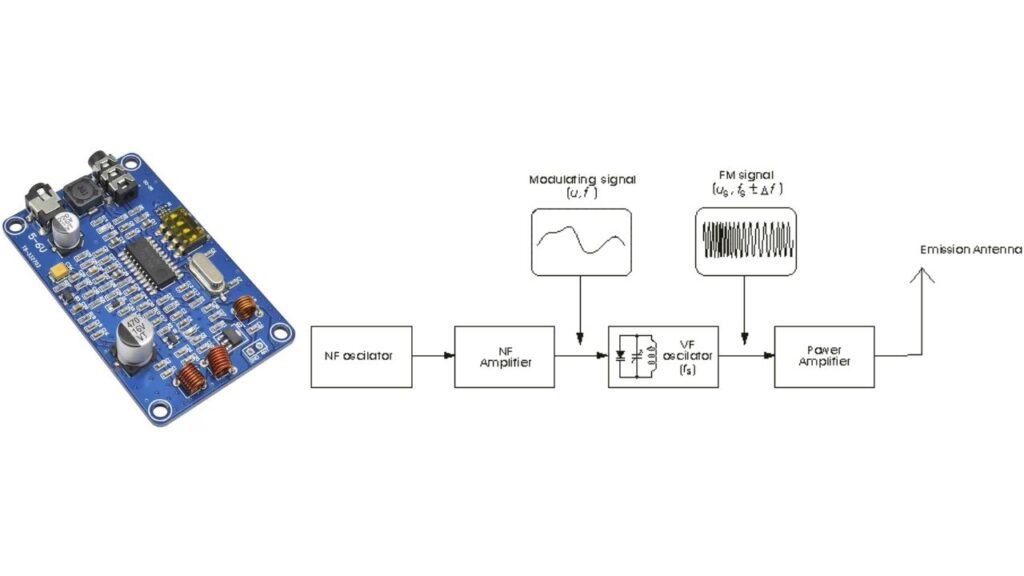
FM transmitters are commonly used in a variety of applications, such as in-car audio systems, home audio systems, and wireless microphones. They are also used in wireless communication systems, such as in two-way radios and walkie-talkies.
One of the advantages of FM transmission is that it is less susceptible to interference from other electronic devices. This is because the audio signal is modulated onto a specific frequency, which can be easily distinguished from other signals. Additionally, FM transmitters have a relatively wide bandwidth, which allows for the transmission of high-quality audio.
Different types of FM transmitters available on the market. Some are designed for use in cars, and can be plugged into a cigarette lighter or USB port for power. Others are designed for home use and can be connected to a stereo or other audio source.
A popular application of FM transmitter is to use it in cars to listen to music from smartphone. It connects to the phone via Bluetooth or aux cable, and transmits the audio to the car’s FM radio, allowing the music to be played through the car’s speakers.
Another use is to use it as a wireless mic, with a portable FM transmitter and a FM receiver, one can easily setup a wireless microphone system for a small event or party.
It is important to note that FM transmitters can be subject to strict regulations, depending on the country and location. In the United States, for example, the Federal Communications Commission (FCC) regulates the use of FM transmitters, and using a transmitter that does not comply with FCC regulations can result in fines or other penalties.
FM transmitters come in a variety of power levels, with some designed for short-range use, while others are designed for longer-range transmission. Generally, the higher the power level, the greater the range of the transmitter. However, it is important to note that higher power levels also require more power to operate, which can affect battery life if using a portable FM transmitter.
Another important factor to consider when choosing an FM transmitter is the frequency range it operates on. FM transmitters typically operate in the 87.5-108 MHz range, but some models may offer a wider range. If you plan to use the transmitter in a crowded area, it may be beneficial to choose a model with a wider frequency range to avoid interference from other devices.
When purchasing an FM transmitter, it is also important to consider the type of audio source it will be connected to. Some transmitters are designed to connect to a specific type of audio source, such as a car stereo or a smartphone, while others are more versatile and can connect to a variety of audio sources.
In addition, the number of channels that an FM transmitter has also matters. Some transmitters come with a single channel, while others offer multiple channels, allowing multiple users to transmit at the same time.
Finally, when using an FM transmitter, it is important to pay attention to the audio quality. The audio quality of the transmission can be affected by a variety of factors, including the quality of the audio source, the quality of the transmitter, and the quality of the receiver. To ensure the best audio quality, it is important to use a high-quality audio source, a high-quality transmitter, and a high-quality receiver.
In conclusion, FM transmitters are a versatile and widely used technology that can be used for a variety of applications, from car audio systems to wireless microphones. They offer a reliable and high-quality transmission, but it is important to be aware of any regulatory restrictions that may apply in your area.
Working
An FM transmitter works by modulating an audio signal onto a specific frequency, known as the carrier frequency. The modulated signal, or the modulation, is then broadcasted over a short distance, which can be picked up by a receiver tuned to the same frequency.
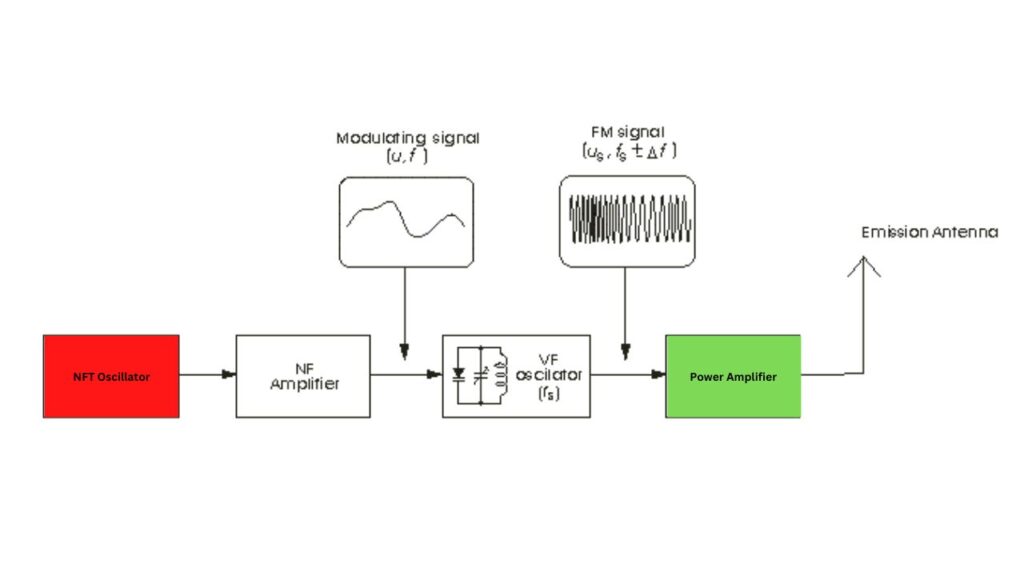
The audio signal is converted into an electrical current, and this current is used to vary the amplitude of the carrier frequency. This process is called as amplitude modulation, or AM. In FM transmitters, instead of modulating the amplitude of the carrier frequency, the audio signal is used to modulate the frequency of the carrier signal. This process is known as frequency modulation, or FM.
The modulated signal is then amplified and transmitted via an antenna. The receiver, which is tuned to the same frequency as the transmitter, receives the signal and demodulates it to extract the original audio signal. The recovered audio signal can then be played through speakers or headphones.
Types
- In-car FM transmitters: These are designed to be used in vehicles and can be plugged into a cigarette lighter or USB port for power. They typically connect to a smartphone or other audio source via Bluetooth or aux cable and transmit the audio to the car’s FM radio, allowing the music to be played through the car’s speakers.
- Home FM transmitters: These are designed for use in the home and can be connected to a stereo or other audio source. They typically come with a power adapter and can be plugged into an electrical outlet.
- Portable FM transmitters: These are designed to be portable and can be powered by batteries or a USB connection. They can be used for a variety of applications, such as wireless microphones or for listening to music on the go.
- Professional FM transmitters: These are designed for professional use, such as in wireless communication systems like two-way radios and walkie-talkies. They typically come with advanced features, such as multiple channels and a higher power output.
- Low-power FM transmitters: These are designed for short-range transmission and typically have a lower power output, making them suitable for small events or personal use.
- High-power FM transmitters: These are designed for long-range transmission and typically have a higher power output, making them suitable for large events or commercial use.
Application
- In-car audio systems: FM transmitters are commonly used in vehicles to play music from a smartphone or other audio source through the car’s speakers. They can connect to a phone via Bluetooth or aux cable and transmit the audio to the car’s FM radio.
- Home audio systems: FM transmitters can also be used in the home to broadcast audio from a stereo or other audio source to a separate receiver, such as a portable radio or a wireless speaker.
- Wireless microphones: FM transmitters can be used to create a wireless microphone system for events or parties. A portable FM transmitter can be used to transmit the audio signal from a microphone to a FM receiver, allowing the audio to be played through speakers.
- Wireless communication systems: FM transmitters are also used in wireless communication systems such as two-way radios and walkie-talkies. They allow users to communicate over a short distance without the need for a wired connection.
- Broadcasting: FM transmitters can be used for broadcasting audio, such as a live event or a podcast. They can be used to transmit the audio signal to a radio station or to a specific frequency for listeners to tune in.
- Advertising: FM transmitters can be used for advertising by transmitting audio messages to a specific area. This can be used for example in a mall or a shopping center to transmit a message or a commercial to the visitors.
- Emergency broadcasting: FM transmitters can be used for emergency broadcasting, such as in case of natural disaster or emergency situation, to transmit important information to a specific area.
- BC548 Bass Treble Board and Circuit Diagram
- MJE340 Transistor Pinout, Equivalent and Applications
- TDA8359J IC: Driving Vertical Deflection in TV Sets and Monitor
- Arduino Push Button Tutorial to Turn ON/OFF LED
- Millimetre of Water Column (mmWC) to Millimetre of Mercury (mmHg) Pressure Unit Conversion Calculator


